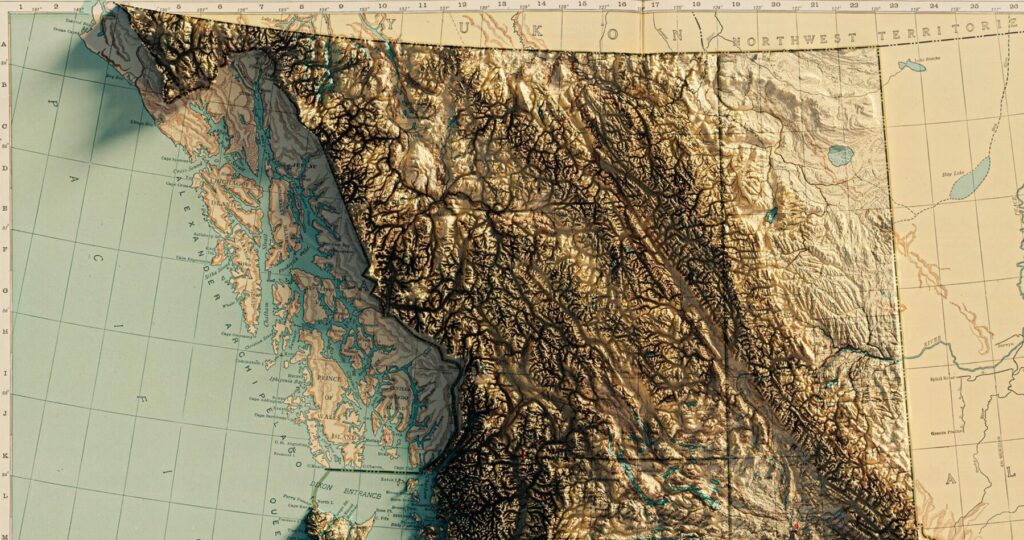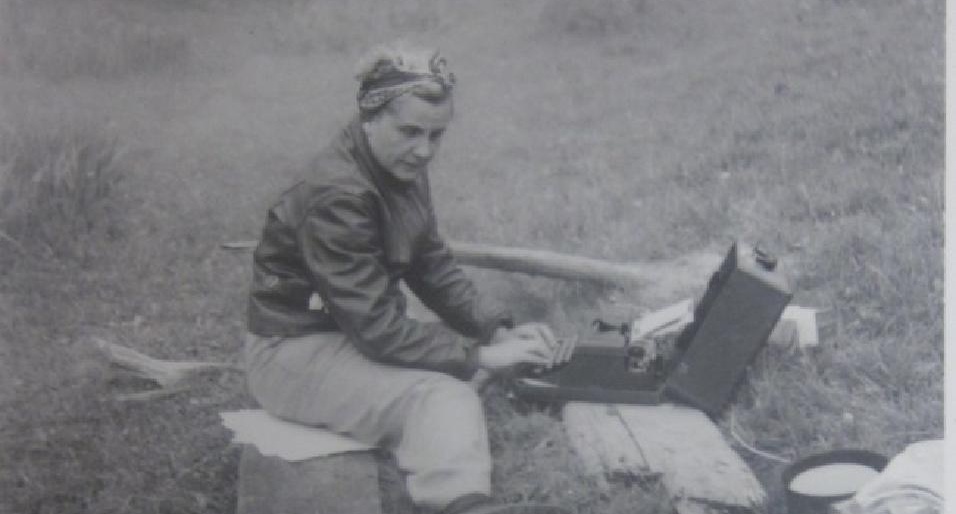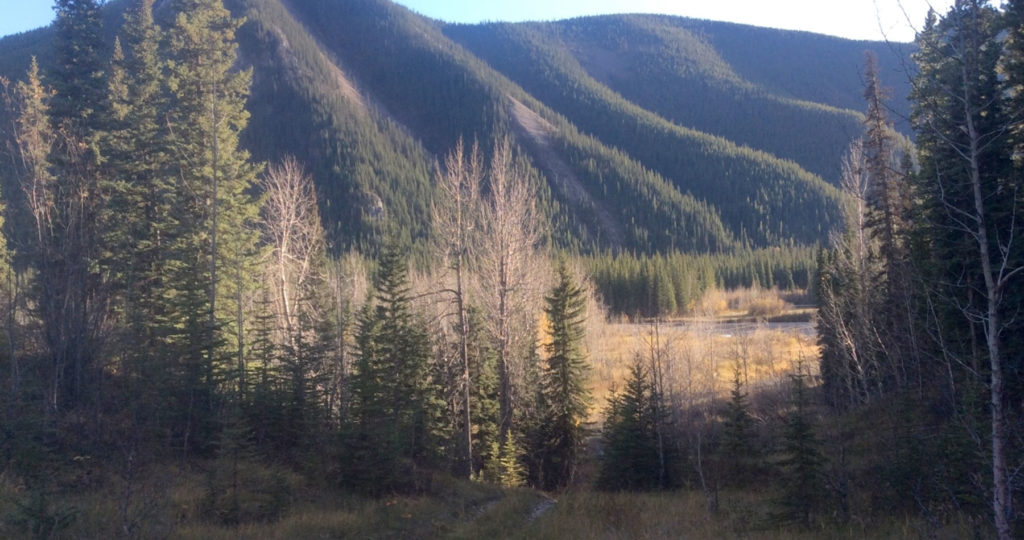Post Category : Field Life
Fight or Flight: Lessons Learned From a Cougar Encounter
While completing Historic Resource Impact Assessments in the Lower Eastern Foothills of Alberta sometime during the Summer of 2023, maybe mid-July or August, I experienced something statistically unlikely: a cougar encounter. Like any professional working in the wilderness, I have completed numerous Bear and Wildlife Awareness training courses over the years, all of which have adequately prepared me for a variety of wildlife encounters… except for this one.
Setting the Scene
Mid-way through the field shift, the morning started off like any other. My colleague and I composed of one crew assigned to a cluster of targets located a few kilometers away from where another crew was working. After navigating our way in with ATV’s followed by some hiking, we completed the assessments of two targets with no complications.
After reaching the third target, my colleague started shovel testing at the southwest end of a knoll situated atop of a northwest-facing ridge, while I continued ahead to visually assess the remainder of the target. About 50 meters away, I radioed my colleague to say that I had decided to start at the northeast end of the knoll, and that we’d work towards each other.
The sample that I dug was particularly deep, meaning that it took a bit longer to complete than usual, in comparison to prior samples. As per my duties as a Crew Leader, I was kneeling down next to my sample to record a variety of data, including sample and stratigraphy notes, photos, and more. In laymen’s terms, I was preoccupied in that knelt position for a solid 10-15 minutes. After realizing that I hadn’t surveyed my surroundings since starting my sample, I looked up — directly into a pair of yellow eyes.
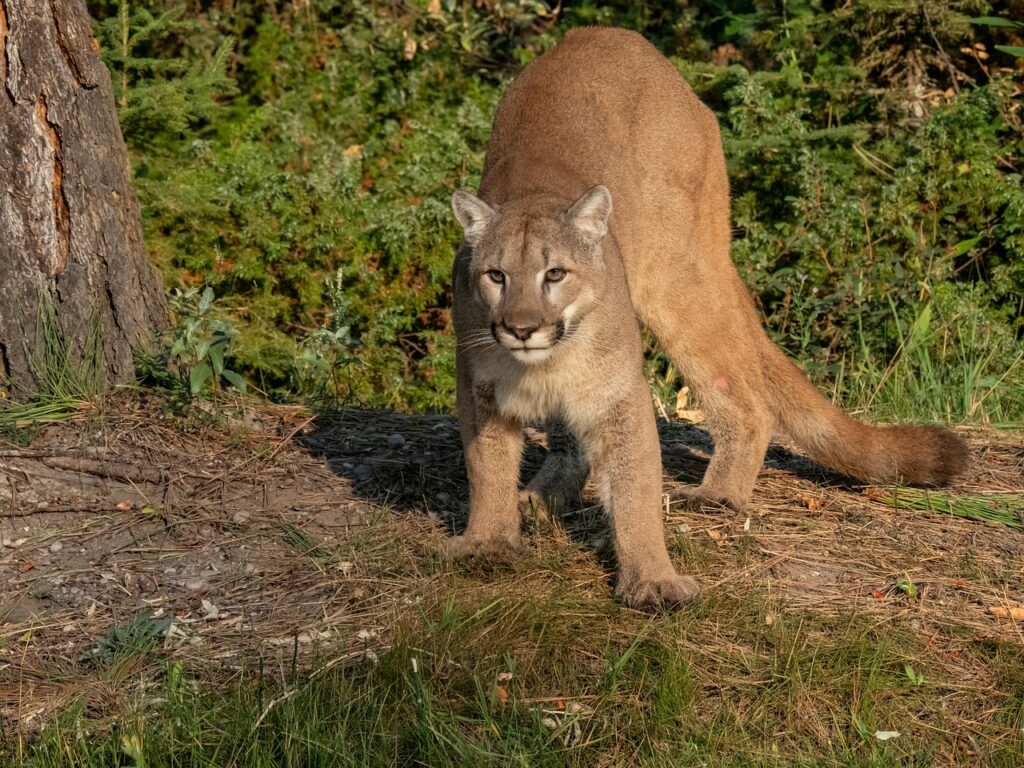
Fight or Flight
Located roughly 20-25 meters away, at the base of the mere 10-12° descending slope, was an adult cougar. All 100lbs of it’s golden brown body was in a pounce position, with its head lowered and its eyes fixed on me. Needless to say, my soul left my body, as a dozen scenarios flooded my mind in the span of a few seconds that felt like eternity.
One scenario was to slowly stand and back away, like I’ve been trained to do with bears exhibiting defensive behaviours… but I simultaneously thought: “This isn’t a bear, it’s a cougar,” and “What if I trip while I’m trying to back away,” and “My coworker is somewhere behind me… it’ll probably follow.” Another scenario involved standing my ground, and deploying my bear deterrent once it came into range. However, I knew the effectiveness of that was too variable to risk.
Funny enough, I had a lightbulb moment when a memory of a hunting hound treeing a cougar flashed before my eyes, and a voice in my head said: “You have to do it.” And do it, I did! I snatched up the shovel to my left, leapt onto my feet, and set off sprinting down the slope towards the cat, waving my arms and shovel over my head, and shrieking at the top of my lungs. To my utter disbelief, the cougar immediately whirled around and hurled itself up the nearest Lodgepole pine.
I may have stood in place for a second or two, as the realization of what I did caught up to me. However, I quickly backed up the slope, keeping my eyes on the boughs partially concealing a very annoyed-looking cougar. As I reached the crest of the knoll, I radioed my crewmate. Since she heard my scream, she wasn’t at all surprised when I said that we’re leaving, immediately.
Equipped with our shovels and bear sprays in hand, we made excessive noise while hiking the most direct path towards our ATV’s, and ascended a ~35° slope that we had chosen to avoid earlier in the day. At this point, my hands were shaking so hard that I couldn’t hold onto anything. However, my wonderful coworker calmed me down (thank you, Hailey), and we reached our ATV’s soon afterwards.
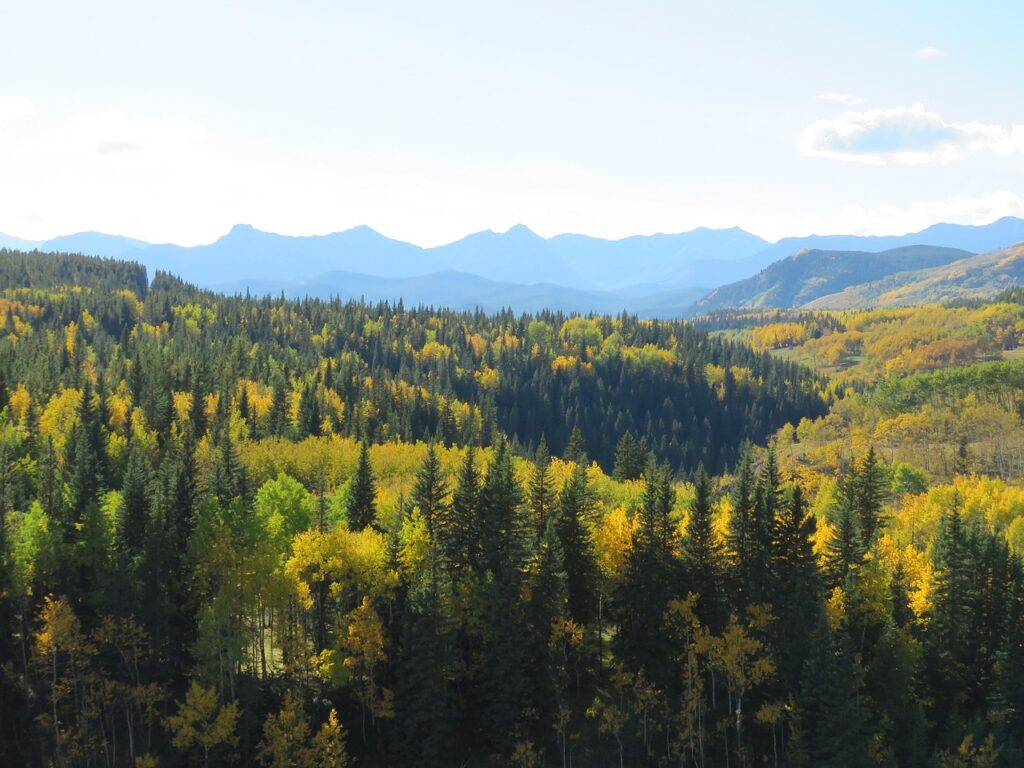
Lessons Learned
That evening, I fell down a rabbit hole to learn if my actions were the correct response, or not. Of course, the majority of online resources discuss surprise encounters or attacks, both of which fail to capture this specific intermediate predator/prey dynamic. Generally, I gathered that avoiding looking like prey, and gaining the upper-hand via any intimidation tactics necessary = correct.
Since then, my encounter has been used as a catalyst for improved wildlife safety training and more opportunities to acquire supplementary knowledge at Tree Time Services Inc and Ember Archaeology. In February (2025), The Alberta Forest Products Association (AFPA) hosted an educational webinar titled Bear Safety in Forestry, presented by Kim Titchener, founder of Bear Safety & More Inc. Despite the primary focus on bears, Kim offered a lot of useful information generated on data from recent cougar encounters in Alberta.
Additionally, The Government of Alberta reports that cougar sightings and encounters have been on the rise in the past decade due to a combination of factors, including a larger cougar population, more people occupying cougar habitat, more available prey, and habitat displacement due to natural disaster and industry development. For a concise and in-depth informational resource, consider downloading a free brochure from AlbertaParks.ca, titled Preventing Conflict with Wildlife.
Finally, although encounters may be on the rise, the presence of cougars is a sign of a healthy ecosystem. Whether we’re professionals or recreationalists, we all play a part in the stewardship of the landscape. Inform yourself, be prepared, and stay aware.
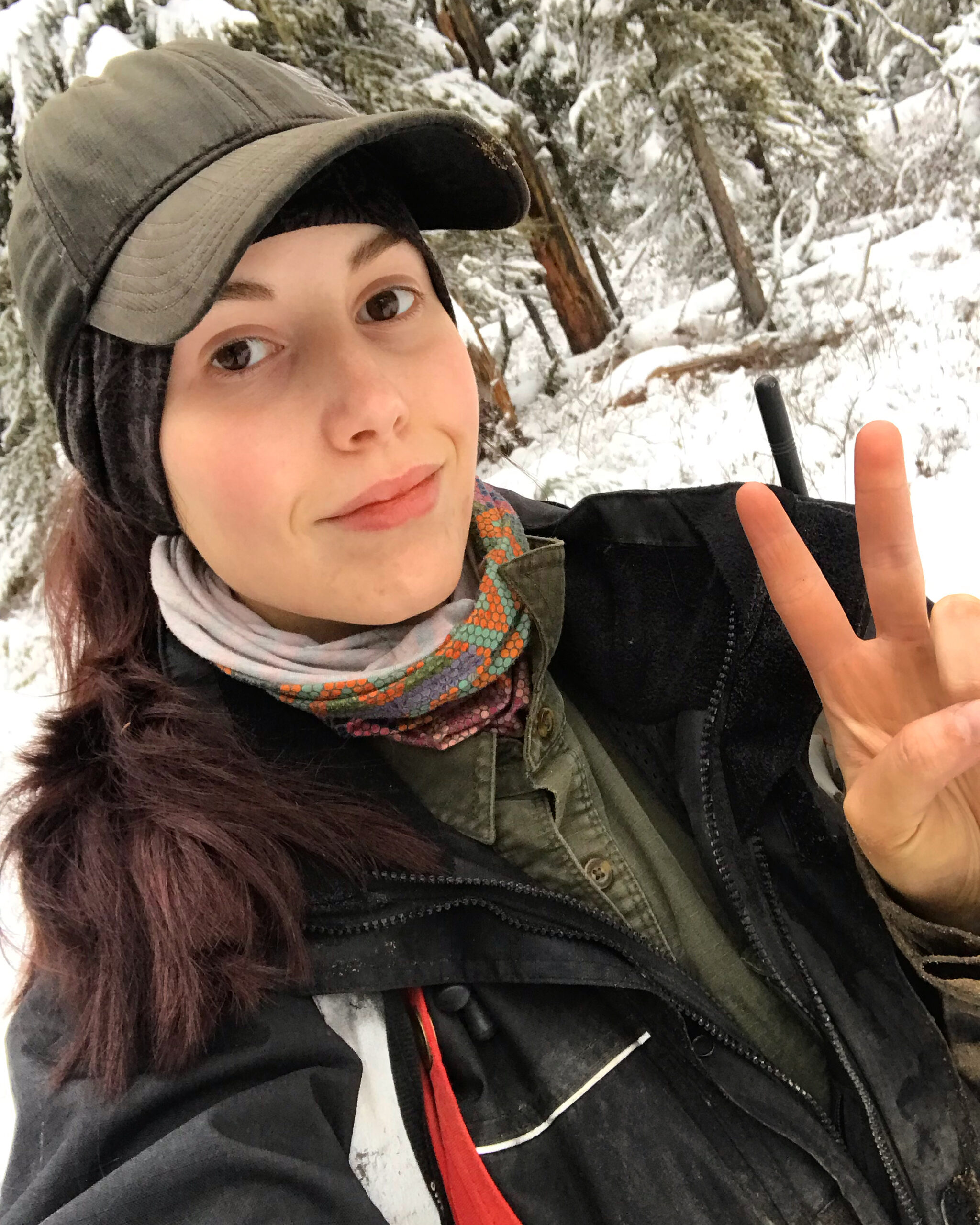
Fallon Hardie
Jr. Field Director

